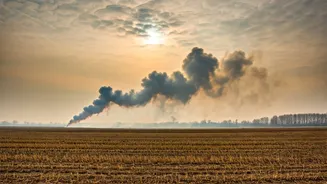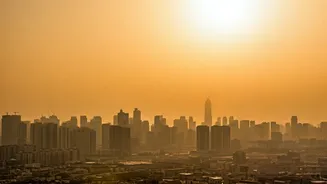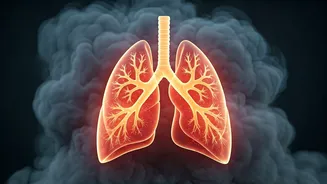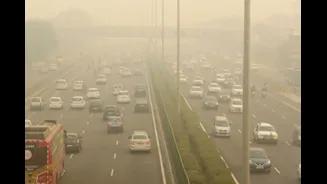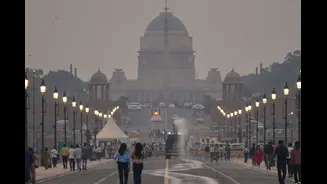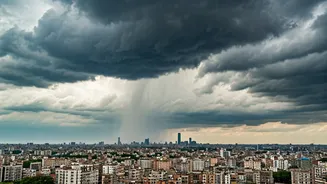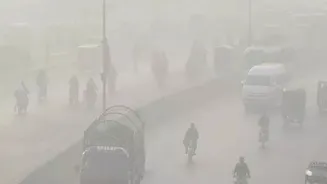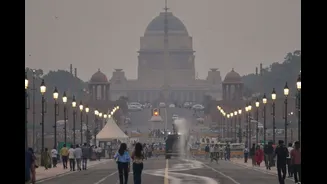Smog's Suffocating Grip
The choking smog that has enveloped Delhi serves as a stark reminder of the city's ongoing struggle with air quality. The situation is dire, with pollution
levels soaring to dangerous highs. This environmental emergency, often occurring annually, is largely attributed to a complex mix of factors, with farm fires playing a significant, if not dominant, role. These fires, set to clear fields after harvests, release massive amounts of smoke and particulate matter into the atmosphere. This, coupled with industrial emissions, vehicular pollution, and other sources, creates a toxic cocktail that significantly degrades the air quality, posing grave health risks to millions of residents. The severity of the smog often triggers public health advisories, urging vulnerable groups to stay indoors, but the persistent exposure continues to jeopardize the well-being of the population.
Farm Fires' Persistent Threat
One of the key drivers behind Delhi's air pollution crisis is the prevalence of farm fires, predominantly in the neighboring states. Farmers, seeking a quick and inexpensive method to clear crop residue after harvesting, resort to burning the fields. This practice, though convenient, releases vast volumes of smoke filled with harmful pollutants. The smoke, carried by wind currents, travels to Delhi, contributing significantly to the already poor air quality. The scale of these fires is a cause of grave concern, as even controlled agricultural burning contributes substantially to the overall pollution load. Addressing this requires a multi-pronged strategy, including stricter enforcement against burning, promoting and incentivizing alternatives for crop residue management, and improving coordination among state governments to minimize the detrimental effects of this agricultural practice.
Health and Environmental Risks
The consequences of Delhi's polluted air are far-reaching, directly impacting both public health and the environment. The inhalation of polluted air, filled with fine particulate matter (PM2.5), ozone, and other hazardous substances, heightens the risk of respiratory illnesses, cardiovascular problems, and other health issues. Vulnerable populations, such as children, the elderly, and those with pre-existing conditions, are at the highest risk. The air pollution also has adverse environmental effects, including damage to vegetation, decreased visibility, and contributing to climate change. The persistent presence of smog can disrupt various daily activities and impact the overall quality of life for residents. The long-term health and environmental costs associated with Delhi’s air pollution underscore the urgency of implementing effective pollution control measures and tackling the root causes.
